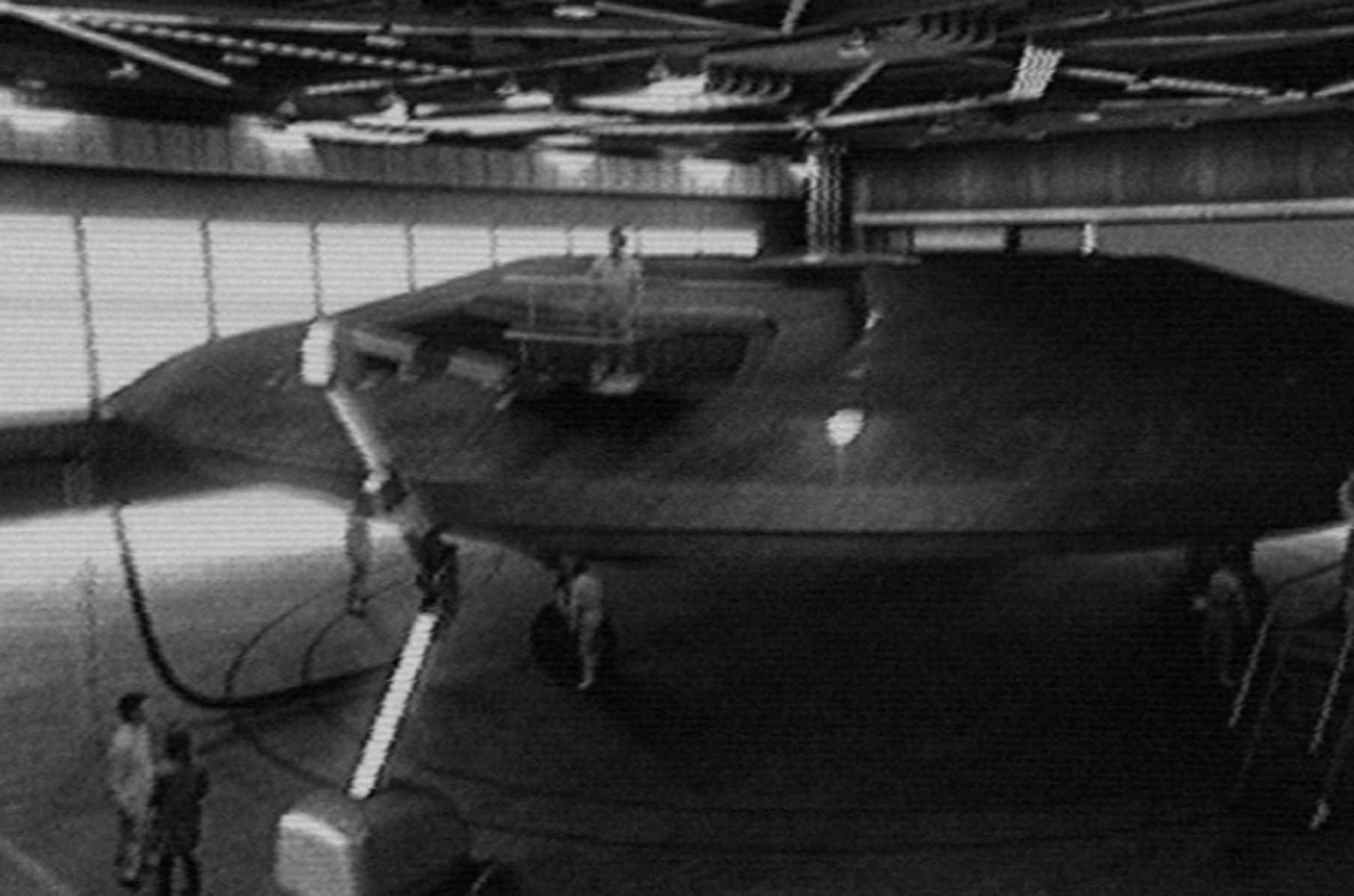
One of the most captivating topics that have stirred the public’s imagination for decades revolves around the intriguing mysteries of Area 51. Adding fuel to this debate, recent revelations by Alfred O’Donnell, the former head of Area 51, have breathed new life into the controversial claims made by Bob Lazar, the self-proclaimed Area 51 scientist. This fresh wave of information, brought forward by filmmaker Jeremy Corbell and investigative journalist George Knapp, uncovers another layer of the enigma, with stories of extraterrestrial craft and beings.

Area 51 has long been at the heart of numerous conspiracy theories due to its clandestine nature and associations with unexplained phenomena. Amidst this swirl of speculation, the figure of Bob Lazar has emerged as a significant but contentious player. Lazar asserts that he worked on reverse-engineering alien technology at a sub-installation near Area 51, known as S-4. These claims, however, have been met with both skepticism and intrigue.
Lazar’s credentials have been under continuous scrutiny, with critics suggesting he merely held a janitorial position at Area 51. Nonetheless, an array of credible experts has defended Lazar’s claims of employment as a scientist at the notorious base, adding a fresh twist to the saga.
A key figure who surfaced to reinforce Lazar’s narrative is Alfred O’Donnell, the former general manager at EG&G, a company heavily linked with Area 51 operations. O’Donnell, who had unrestricted access to the facility, asserted the existence of a “recovered flying saucer” from New Mexico and a “live being,” furthering the intrigue surrounding Area 51 and its alleged extraterrestrial connections.

EG&G, established by scientists Harold Edgerton, Kenneth Germeshausen, and Herbert Grier, specialized in nuclear weapon-related research and played a crucial role in attracting highly educated professionals to Las Vegas in the early 1950s. Alfred O’Donnell was one such professional, whose association with EG&G and Area 51 lends credibility to Lazar’s narrative.
According to George Knapp, O’Donnell shared classified information regarding UFOs over a casual coffee meeting. He spoke of attempts to reverse-engineer the recovered crafts and the trepidation of the extraterrestrial “IT” escaping from containment. This “IT” was described as an odd-looking creature bearing a resemblance to Ross Perot, a political candidate at the time. This testimony offers a riveting perspective to the ever-evolving UFOlogy.

Further unfolding the saga, Knapp shared an anecdote about a former defense contractor who allegedly knew about “crashed saucers” and “recovered materials.” However, she was reportedly intimidated into silence before a scheduled meeting with Knapp. Adding to the complex narrative, O’Donnell’s deathbed confession seemed to verify the existence of the crashed saucer and a living being.

However, O’Donnell’s narrative took a surprising turn when he shared a different version of the incident with journalist Annie Jacobsen, suggesting that the Roswell incident in 1947 involved a Russian craft with child-sized aviators, a result of horrific experiments by Nazi doctor Josef Mengele. This alternate story was, however, debunked by Knapp, who maintained that the Russians were as perplexed about the Roswell incident as the Americans.

Bob Lazar, on the other hand, remained firm in his assertions, claiming the U.S. government has been secretly reverse-engineering technology from nine different UFOs stored near Papoose Lake. These claims gained attention when Jeremy Corbell shared a story about Jerry Freeman, a civilian who allegedly infiltrated the Area 51 base and witnessed strange phenomena.
The continuing saga of Area 51, Alfred O’Donnell, Bob Lazar, and the involvement of figures such as George Knapp and Jeremy Corbell is a testament to the enduring allure of the unknown. As new details continue to emerge, they further weave the intricate tapestry of conjecture, controversy, and curiosity surrounding Area 51 and its alleged extraterrestrial encounters. Only time will tell if these narratives are a glimpse into a hidden reality or merely the product of human fascination with the cosmos.

